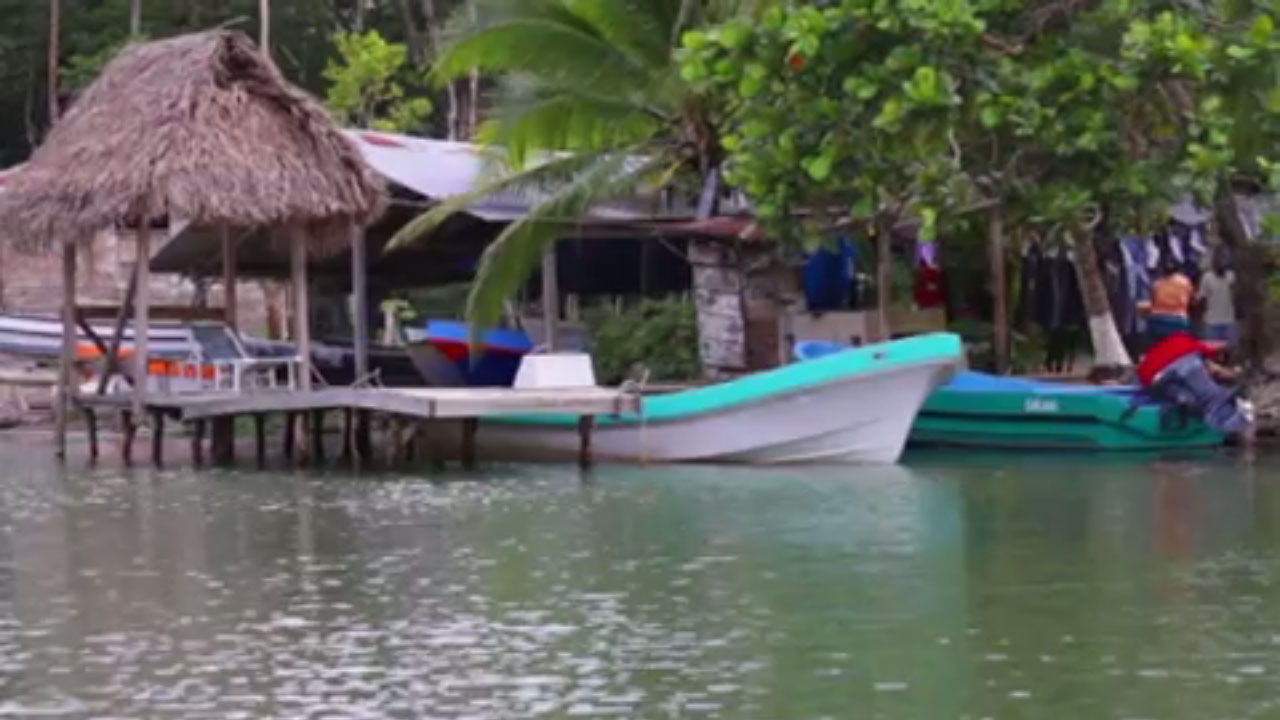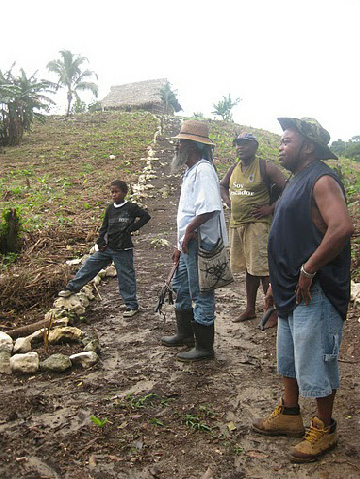
Introduction
Intensely studied since the early 20th century by linguists who specialize in native Caribbean and South American languages, Garífuna is an Arawak language with many vocabulary words and affixes from the Carib language. Arawak and Carib are just two of the various indigenous languages of South America. Groups of native peoples broke away from their tribes in South America and spread out over almost all of the Caribbean islands. European settlers started to arrive at the turn of the 1500s and in time, Africans were brought in to work the lands as slaves, replacing the Indians who had all but died out from disease and hard labor. By the middle of the 17th century, a large group of Africans had formed on St. Vincent Island (where Indians still managed to survive), arriving at different times throughout history. Through living among the native Indians of St. Vincent (Arawak speakers), the Africans completely acquired their language and culture. The Arawak language is still spoken in some parts of South America, including Colombia, Venezuela, Suriname and the Guyanas.
French colonists also lived among the native peoples and Garínagu on St. Vincent up until the latter’s departure at the end of the 1700s. In fact, by that time, most of the Garínagu had taken French names and were bilingual in French; bilingualism is one of the chief mechanisms in which foreign words are exchanged from one language to another. For this reason, many basic words in Garífuna (days of the week, most numbers, etc.) demonstrate a strong French influence. Moreover, speech communities have a way of “nativizing” words (pronouncing a foreign word not as it is in its source language but rather according to the phonological rules within one’s own language). In speaking Arawak and French, as well as any individual Spanish and English words, the earliest Garínagu applied their own native African pronunciation, creating a very African-sounding language. Through time, other foreign words that entered the language since the 16th century have also changed with Garífuna pronunciation, sounding less like the original European source word and more “Garífuna”.
Stages of Garífuna language development
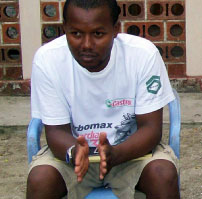
Proto-Garifuna (1492-1635)
This is the language as it was spoken by the indigenous of St. Vincent. During this time of European contact, the indigenous language accepted French and Spanish words into its vernacular, and also possessed some native words that confirms African involvement in their society.
More →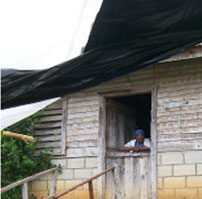
Early Garifuna (1635-1797)
At this stage, the indigenous language is acquired by the Africans and modified to reflect African native pronunciation. During this stage there is widespread bilingualism in French among the Garífuna, allowing the infusion of hundreds of French nouns and verb stems into Garífuna language.
More →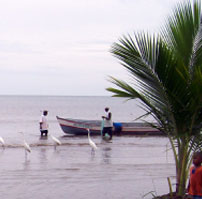
Middle Garifuna (1797-1985)
During this period the Garífuna have settled into different sections of Central America, disjointing a fairly unified language into separate but mutually intelligible variations (Belizean Garífuna, Guatemalan Garífuna, Honduran Garífuna, Nicaraguan Garífuna). Contact with indigenous, Spanish, English and other Afro-descent groups further modifies each variation.
More →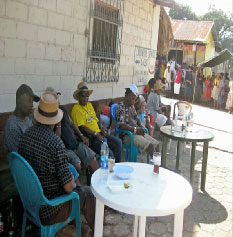
Modern Vernacular Garífuna
(1985-present)
Each variation of Garífuna can be readily identified by the other due to prolonged contact with speakers of other languages in their respective countries. Garínagu now face the problem of language maintenance and must confront the realities of incorporating a successful language planning program for survival.
